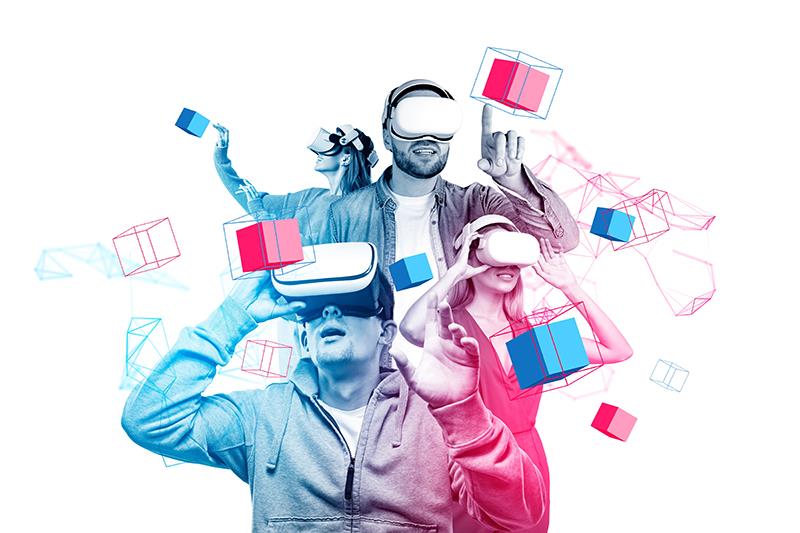VR may help manage anxiety symptoms





A systematic review and meta-analysis demonstrate the potential of virtual reality exposure therapy (VRET) to provide supplementary therapy for the management of anxiety.
“VRET offers a unique opportunity to treat social anxiety disorder (SAD),” said the researchers. “[Our study shows that] VRET tends to be more efficacious than waitlist comparators and equally as efficacious as other interventions at post-intervention and follow-up [for reducing anxiety symptoms].”
The review included 17 randomized controlled trials (RCTs) involving 943 participants across 12 countries. The target population comprised individuals diagnosed with SAD, public-speaking anxiety, or social anxiety symptoms according to diagnostic criteria. [Anxiety Stress Coping 2025;38:141-160]
VRET vs waitlist comparators
In the meta-analysis that pooled the results of 11 RCTs (n=485), a significant difference was observed between VRET and waitlist comparators at post-intervention (t, 4.25; p=0.001), with a small to medium effect size (g, 0.48).
Pooled results from two groups in one RCT yielded a medium to large effect size (g, 0.76) at the 3-month follow-up. A significant difference was seen between arms (t, 31.38; p=0.02).
“These results confirm our first hypothesis … that VRET would have greater efficacy than waitlist comparators in reducing anxiety symptoms at post-intervention and follow-up assessment,” said the researchers.
VRET vs other interventions
Ten RCTs contributed to the comparison between VRET and other interventions (n=456), which included in vivo ET (IVET), cognitive behavioural therapy (CBT), psychoeducation, and counselling.
There were no significant differences between VRET and other interventions in the meta-analysis (t, -0.18; p=0.86), and in the pooled analysis of five RCTs (n=215) at follow-up from 3 months to 6 years (t, -1.16; p=0.31).
“These findings confirm our second hypothesis that VRET would demonstrate a similar effect compared with other interventions at post-intervention and follow-up,” the investigators said.
A potential therapeutic alternative
Also known as social phobia, SAD is the third most common psychological disorder that significantly impacts daily life, relationships, and work. [J Anxiety Disord 2016 Mar:38:1-8; BMC Med 2017;doi:10.1186/s12916-017-0889-2]
A gold-standard treatment for SAD is IVET, which aims to reduce the fear that correlates with a trigger. [J Fluency Disord 2019:59:21-32] However, in vivo delivery may be limited by patient aversion, impractical reconstruction of scenarios, and difficulties in imagining/visualizing situations and arranging sessions. [Behav Modif 2022;46:937-965]
“As technology continues to improve and shape health management, a new technology-based form of exposure therapy can be an alternative,” the researchers noted. “VRET uses computer-generated virtual environments, and individuals with SAD can be systematically exposed to feared stimuli in a highly controlled environment. Thus, each exposure can be flexibly fine-tuned to individual needs.”
VRET may be a supplementary therapy for improving anxiety symptoms and work favourably for individuals with SAD who have hesitations about having face-to-face therapy sessions, they added.
“[Hence,] VRET should be considered a useful, efficacious, and potential therapeutic tool. Additional rigorous long-term investigations are needed before VRET becomes a routine clinical practice,” they concluded.
Future trials should also explore the effects of VRET in combination with other evidence-based treatments (eg, CBT), as well as the most suitable virtual environment, equipment, movement mode in VR, and stimulus for SAD treatment.